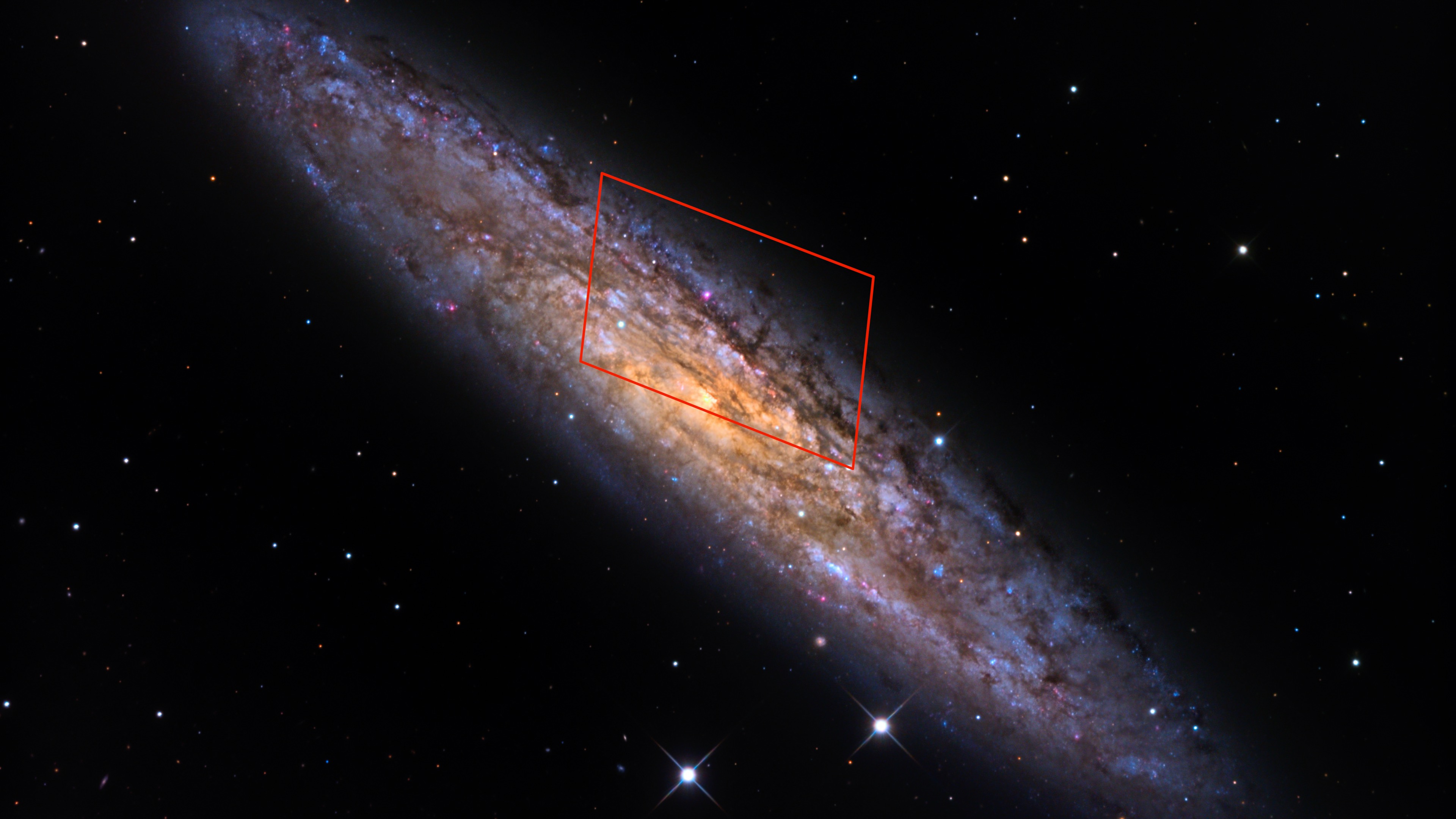 Chryssa Kouveliotou, professor and chair of the Department of Physics in the Columbian College of Arts and Sciences (CCAS), was awarded the Shaw Prize in Astronomy for her contributions to our understanding of magnetars, a class of highly magnetized neutron stars that are linked to a wide range of spectacular, transient astrophysical phenomena.
Chryssa Kouveliotou, professor and chair of the Department of Physics in the Columbian College of Arts and Sciences (CCAS), was awarded the Shaw Prize in Astronomy for her contributions to our understanding of magnetars, a class of highly magnetized neutron stars that are linked to a wide range of spectacular, transient astrophysical phenomena.
The Shaw Prize is an international award to honor individuals who are currently active in their fields and who have recently achieved distinguished and significant advances, made outstanding contributions in academic and scientific research or applications, or who in other domains have achieved excellence. The award is dedicated to furthering societal progress, enhancing quality of life and enriching humanity's spiritual civilization.
“I am very honored and at the same time very humbled for this great award,” Dr. Kouveliotou said. “I am grateful to all my colleagues who helped me along the way and believed and supported me in my journey. I feel that this honor is the best way I could celebrate my entire life and career.”
Dr. Kouveliotou, a member of the National Academy of Sciences, is George Washington University’s first recipient of the Shaw Prize. She was honored alongside Victoria M. Kaspi, a professor of Physics at McGill University in Canada. Through the development of new and precise observational techniques, the researchers confirmed the existence of neutron stars with ultra-strong magnetic fields and characterized their physical properties. Their work has established magnetars as a new and important class of astrophysical objects.
“Dr. KouveIiotou’s research in the field of astrophysics is nothing short of groundbreaking,” said CCAS Dean Paul Wahlbeck. “Her work has served to enlighten our understanding of the very origins and expansion of our universe. I congratulate her on this well-deserved honor.”
Neutron stars are the ultra-compact remnants of stellar explosions. Most are rapidly rotating with periods of milli-seconds to seconds and emit powerful beams of electromagnetic radiation, observed as pulsars. They are accurate “cosmic clocks” that enable tests of fundamental physics in the presence of a gravitational field many billion times stronger than that on Earth.
Pulsars also have strong magnetic fields. Magnetic field lines in the progenitor star are “frozen in” in the stellar remnant as it collapses to become a neutron star. These magnetic fields funnel jets of particles along the magnetic poles, but classical radio pulsars are powered mainly by rotational energy and slowly spin down over their lifetimes.
The magnetar discoveries by Dr. Kouveliotou and Dr. Kaspi were preceded by the theoretical prediction that neutron stars with extreme magnetic fields up to one thousand times stronger than those in regular pulsars could form if dynamo action would be efficient during the first few seconds after gravitational collapse in the core of the supernova. Such objects—termed magnetars—would be powered by their large reservoirs of magnetic energy and not by rotational energy losses.
From observations of a class of X-ray/γ-ray sources called “soft gamma-ray repeaters” (SGRs), Dr. Kouveliotou and her colleagues established the existence of magnetars and provided a stunning confirmation of the magnetar model in the late 1990s. The analysis of the data from the Rossi X-ray timing satellite (RXTE), obtained with her proposal, enabled Dr. Kouveliotou in 1998 to detect X-ray pulses with a period of 7.5 seconds in the persistent X-ray emission of SGR 1806-20. She then measured a spin-down rate for the pulsar and derived both the pulsar age and the dipolar magnetic field strength—which lay within the range of values predicted for magnetars. The spin-down measurements were extremely challenging because of the faintness of the pulsed signal, according to a Shaw Prize press release.
The Shaw Prize was established in 2002 and is managed and administered by the Shaw Prize Foundation, based in Hong Kong. Dr. Kouveliotou and Dr. Kaspi will each receive a $600,000 award.


